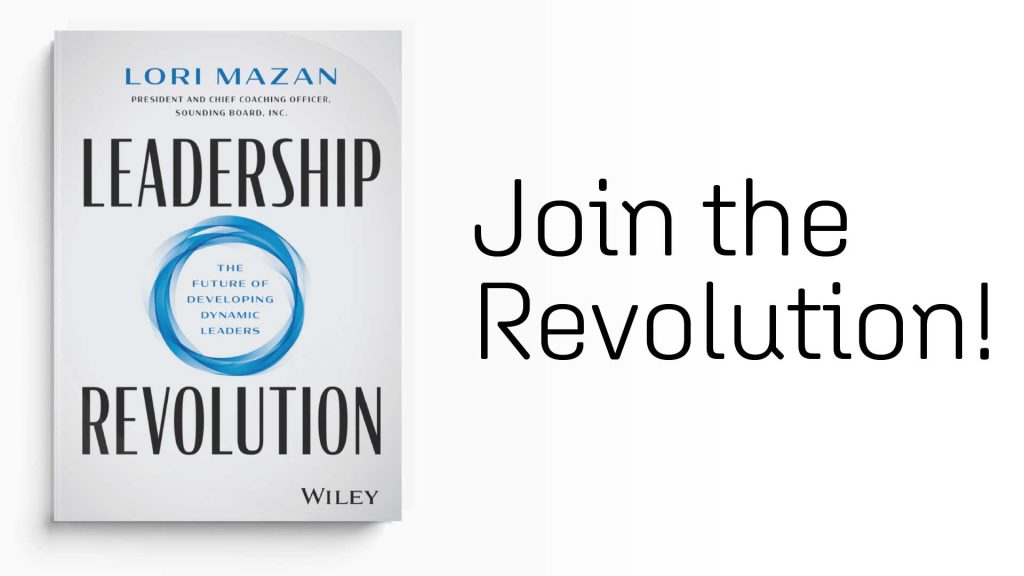Leaders are a driving force in our institutions. Be it educational, medical, or corporate institutions, leaders are known to provide the right direction, and inspire others. Effective and strong leadership in an organization can nurture a great and high-performing company culture.
Ordinarily, nurturing and building strong corporate cultures is relegated to the HR team. But in essence, it should be a concern for all the top leadership. The point is, potential investors, job candidates, existing staff, and even regulators all expect their organizations’ leaders to be responsible for the direction of their company culture.
In this article, we will look at how strong leadership can foster a thriving culture in an organization.
Why leadership is imperative to organizational culture
Leaders are the drivers of organizations; they significantly influence the direction of their company culture. It is the responsibility of leaders to clearly define the mission, goals, and core values that their company should take on. And they still have to communicate and induce the same to the workforce.
What this means is that in creating a performance-driven culture, leaders are indispensable as their leadership style, behavior, and even decisions have a significant effect on the organizational culture. So, strong leadership is and will always be important for an organizational culture to thrive.
How leaders can foster a thriving organizational culture
Every employee has an impact on the success of the organization. But, as much as the workforce contributes to the direction of the organization, it is the leadership that has by far the biggest and most direct impact on the organizational culture. Strong leadership will empower the entire organization to create a positive environment for a thriving company culture.
Interestingly, research by Gartner found out that only 31 percent of leaders feel they know how to get their culture to perform. This is especially true if the business experiences a major change or disruption like the ongoing pandemic or after an acquisition. However, one thing is for sure, you can always look into leadership coaching and development for better cultural and overall business performance. All the same, here are some of the measures every organization’s leaders can take to create high-performance cultures.
1. Creating a culture that performs
Now that you know that leadership can significantly impact the company culture, the big question is how to create a high-performance culture. It is no secret that an organization can have a culture that does not drive results or perform to the set expectations. And as a result, an organization’s leaders may find themselves scratching their heads trying to align the employees with their cultures for better performance.
For instance, organizations may gamble with different measures, such as changing their workforce with new personnel they think can fit in their desired culture, or customizing their recruiting strategy to only acquire talent that can conform to their culture. But in as much as that may be right, layoffs and expensive recruiting processes may not be the best approach. Instead, here are three things that leaders need to look into:
- Knowledge: They should ensure that employees know and understand the company culture, especially during mergers, acquisitions, and other major changes.
- Mindset: Effective and influential leadership should ensure that employees believe in the culture by inducing it into them.
- Behavior: Leaders should control and ensure that the entire organization behaves in a way that bolsters the company culture.
By satisfying these conditions, workforce-cultural alignment will be a no-brainer, thus ensuring that the culture drives performance.
2. Maximizing leadership impact
Leaders must exemplify and leverage what they want – expected cultural norms should be demonstrated by the top leadership. Unfortunately, information coming from top leadership is usually distorted along the way to the frontline employees. And that ought to change! Furthermore, to capitalize on their effect, leaders need to do more than just communicating and behaving according to the expected organizational culture.
For example, they should ensure their operations, processes, and decisions are a reflection of the company culture. While setting budgets, structures, policies, among other important decisions, they should integrate their company culture. And these operations should be maintained from the top to the frontline workers. It’s the responsibility of the leadership to follow up and check on the progress and allow for any changes. Essentially, this will bolster the workforce-cultural alignment.
3. Resolving cultural tensions
At some point, employees may experience cultural tensions. They can be caught in a dilemma when faced with more than one cultural norm. And it’s common for organizations to experience cultural tensions. With time, our organizations grow and adjust, business environments evolve, and sometimes stakeholders aim at different outcomes. All these can result in cultural tensions, which if not addressed by the leadership, can affect the company culture.
So an organization’s leadership should assist employees to decide on what causes of action to take, whenever they’re faced with cultural tensions. For instance, being cost-centered or customer-centric is a good example of cultural tension that employees normally face in their day-to-day work. If leaders fail to support employees when they’re faced with cultural tensions, they can get stressed, making them underperform, or worse, quit their jobs.
Wrap up
With strong and effective leadership, your employees will know what the company culture is, believe in it, and thus, behave/act according to expectations. This will consequently impact the organizational culture, leading to positive business outcomes. And remember that communication is vital. In case of any major changes, leadership should communicate and engage with the workforce through feedback sessions or even one-on-one sessions.
An organization’s leadership will always impact culture. They can lead the line and drive entire organizations into high-performance cultures.











